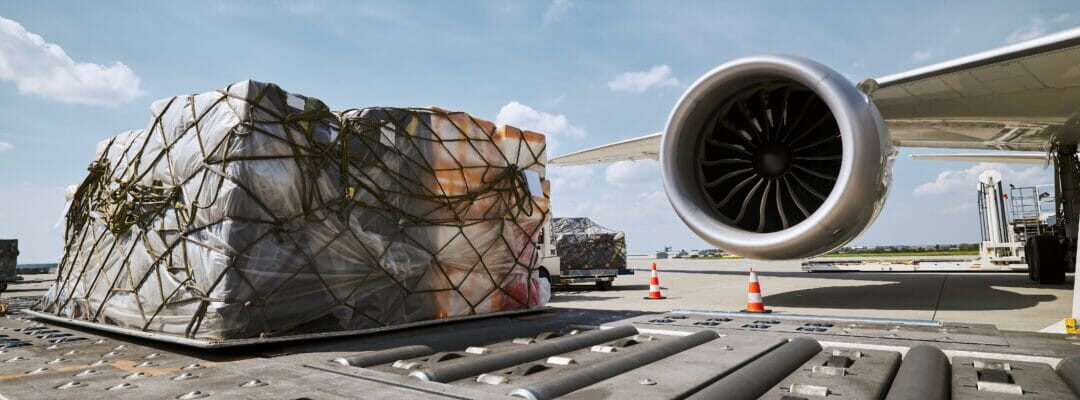Airbus expects the global freighter fleet to grow by 45 percent by 2044
- The global freighter fleet is expected to grow by 45% to reach 3,420 aircraft by 2045.
-
This includes 815 existing cargo ships and 2,605 additional units.
- Air freight traffic is expected to grow at a rate A 3.3% compound annual growth rateAlmost outpacing global trade (2.7% CAGR). Double the merchandise sizes In 20 years.
Airbus’s 2025 Global Freighter Market Forecast (GMF) indicates that the global fleet of dedicated freighter aircraft will rise to 3,420 aircraft in the next 20 years, equivalent to a 45 percent increase. This will consist of 815 existing cargo ships and 2,605 additional ships. Of the additional 2,605 cargo aircraft, 1,530 will be replaced and 1,075 will be growth aircraft. The additional 2,605 aircraft will be divided between 1,120 small aircraft, 855 medium-sized wide-body aircraft, and 630 wide-body aircraft. Of the additional 2,605 cargo aircraft, 1,670 aircraft will be converted from passenger aircraft and 935 will be new cargo aircraft.
Global GDP and trade remain the main drivers of air freight. With long-term trade expected to grow at a compound annual growth rate of 2.7%, Airbus expects air freight to develop at a rate of 3.3% per year over the next 20 years, effectively doubling freight volume over the next two decades. Airbus expects significant growth in air freight because it has proven its importance – not only for supporting economies, but also for connecting remote communities, transporting essential and health goods, and enabling local business development in emerging countries.
Following rapid growth of the freighter fleet during the pandemic, supported by increased conversions of passenger aircraft to freighters and minimal retirements of previous generation freighters, Airbus expects that, going forward, a significant proportion of older freighters will leave the fleet and be replaced by newer, more fuel-efficient freighters such as the A350F or the A320/A321 and A330 for passenger-to-freight conversion. Cargo aircraft (P2F).
Airbus also expects trade lanes to diversify, and thus air cargo flows, as more countries in the Asia-Pacific region become industrial hubs. Likewise, GDP and demographic projections suggest that new countries such as Brazil, Indonesia, or Vietnam will emerge as major consumer economies in the coming decades. This will lead to a gradual shift in the geography of air freight and the global air freight map.
Of the total need to deliver 2,605 freighter aircraft over the next 20 years, the Asia-Pacific and North America regions will account for nearly two-thirds of the order, requiring 850 and 920 aircraft, respectively.
The post Airbus expects global cargo fleet to grow 45 percent by 2044 appeared first on Air Cargo Week.
